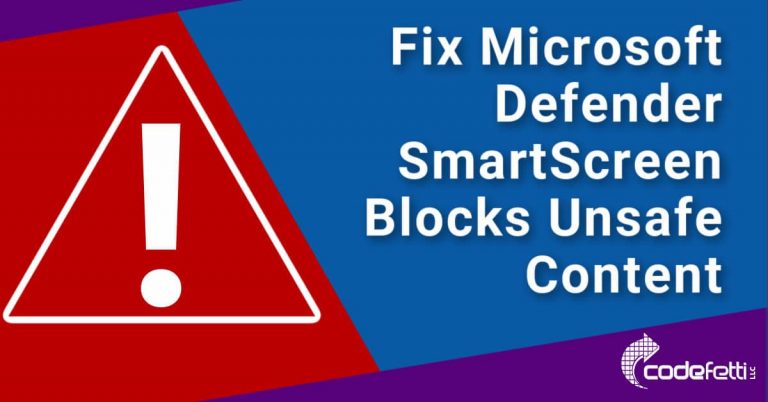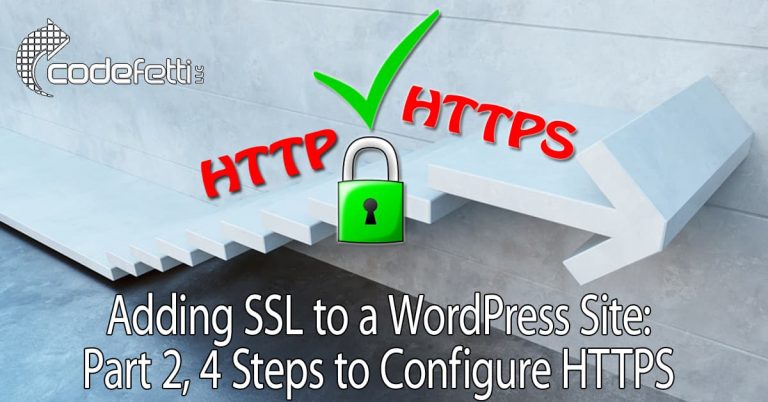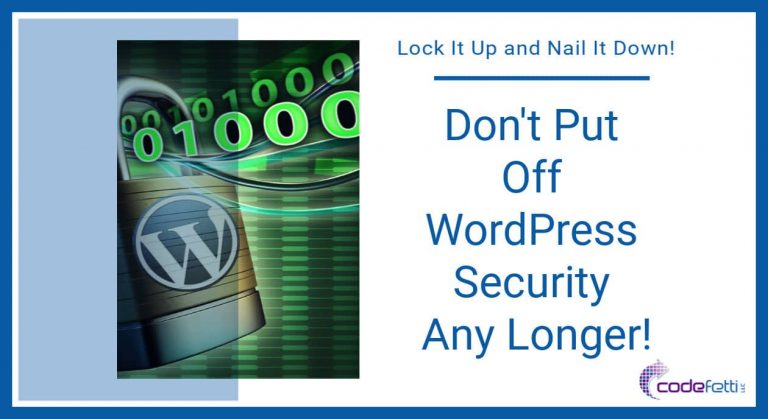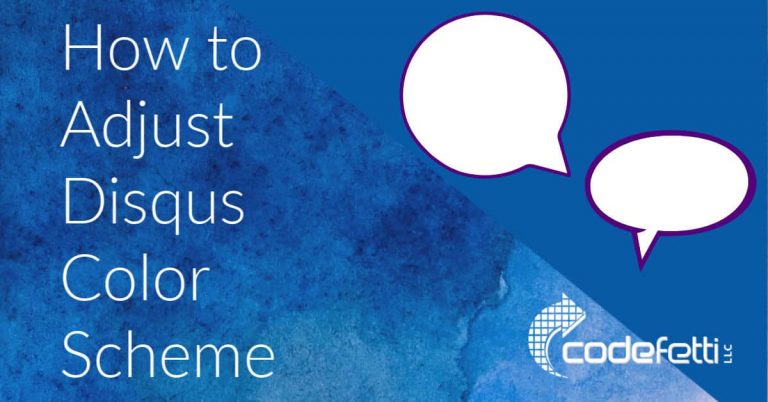Why You Should Hire a Web Design Pro

Have you ever wondered why you should hire a web design pro?
Like many business owners you may think you’ll tackle it yourself and then look for help if you get stuck.
You might want to learn WordPress or think you can save money in the long run.
It’s an important decision to make so I’ll explain why you might be better off hiring a web design pro right from the start.
The following is a list of topics for your convenience:
Topics
You Need a Website Plan
You Need a Realistic Budget
Why You Should Hire a Web Design Pro from the Start
Watch Out for These Gotchas
Choosing a “Wow” Factor to Start with
Using a Page Builder
A Site that’s Not Responsive
Improper Fonts and Spacing
Colors
Too Much Info on the Home Page
Speed
Not Installing a Child Theme
Content not Structured Properly
Unclear Branding
Complex Site Navigation
Improper Image Use
Ignoring ADA Compliance
So before we go any further, you need to be clear on your website plan and your budget.
You Need a Website Plan
Awhile ago I put together a non-technical website planning guide that walks you through the basics of planning a website such as:
- Having a Realistic Budget
- Knowing Your Out-of-Pocket Expenses
- Defining Your Website Objective
- Refining Your Marketing Message
- Outlining Website Features
- Deciding on a Blog
- Content Creation
- Website Metrics
- Working with a Web Designer
- The Importance of Site Agreements/Contracts
Take a few minutes to review that guide.
I’m guessing that once you see all of the decisions you need to make, you may realize how much you don’t know.
And that is a primary reason why you should hire a web design pro to help you with making the right decisions for your website.
But whether you do it yourself or hire it out, there are basic web design principles that you need to follow.
If you don’t adhere to these guidelines, you’ll eventually discover that poor choices upfront will have a significant impact on your website performance and user experience.
So the rest of this article will cover those web design basics and further explain why you should hire a web design pro.
But first let’s review the upfront work you have to do before you even start to think about your website design or hiring a pro.
You Need a Realistic Budget
Websites cost money and your budget dictates how much you can realistically do.
Depending on your business goals, out-of-pocket expenses can include:
- Domain name registration
- Website hosting
- Branding and logo
- Custom graphics
- Remote backup storage (such as Dropbox or Amazon S3)
- Premium WordPress theme
- Premium plugins
- Custom programming
- Video production
- Content creation
- E-commerce components
- Content delivery network
- Ongoing maintenance
- Web designer/developer fees
- Other
Because these expenses will add up quickly, you can certainly tackle your website project in phases.
In fact, I do that with many of my clients especially when it’s a large website build.
Just remember that you need to have the funds allocated for each website phase.
Why you should hire a pro web designer from the start
By now you probably realize there are a lot of aspects you never thought about when planning your website.
You may also realize you haven’t a clue about what much of this even means.
So you could end up wasting money and a lot of time in sweat equity trying to learn WordPress and figuring out how to put it all together.
This is not to say it can’t be done.
But I’ve found that 9 times out of 10 site owners are unhappy with the end result of their hard work.
For example, the site is slow, it doesn’t look good on mobile, or worse, it gets hacked.
Poor choices = Poor user experience
So you see ~ the poor choices you make collectively WILL impact your site speed, performance, security, and mobile friendliness.
And that will ultimately affect your user’s experience.
Which affects sales and your bottom line.
So maybe it’s time to get the experienced help you need.
Time to hire a web design pro
Once you realize help is needed you’ll hire a web design pro anyway to help straighten things out.
The designer will need to correct mistakes, which will cost more money. Be sure to see my live chat with BlogAid where we cover design mistakes in detail.
Plus it’s the designer’s responsibility to talk a site owner out of bad design choices.
Which really could have been avoided from the start with proper planning and basic design knowledge.
But unfortunately those choices are simply the result of a series of “gotchas” that get a site owner in trouble right from the start.
Because they didn’t know what they didn’t know about web design.
So let’s take a look at these “gotchas.”
Choosing a “wow” factor to start with
Most site owners only know what looks pretty.
And they will spend lots of time scrolling through themes that are eye-catching and have the “WOW” factor they are looking for.
Many times they end up with a site where the theme and content compete for attention.
And sometimes a site owner reworks the theme structure.
But now the theme that was designed to work “out of the box” is a convoluted mess where all of the media queries need to be redone so the site looks good on all devices.
This is a big issue when it comes to mobile responsiveness.
So what looks good on desktop just doesn’t work on tablets or smart phones anymore.
And many times the theme a site owner has chosen is not well-supported and doesn’t follow WordPress best practices and guidelines.
This includes a theme with over-sized and unoptimized images and sliders, which can slow down site speed and cause users to bounce off your site before it even loads.
On the other hand, a simple, functional theme allows the focus to be on the content.
Your message is conveyed right away.
And yes a beautiful website can be built on a simple theme.
But with a caveat.
The prettier a site is, the slower it is unless you have a well-informed designer that knows speed.
Using a page builder
The appeal for using a page builder such as Divi or Elementor up until now has been ease of use.
These builders offer pre-made templates and a rich drag-and-drop interface that make it easy to get a website up and running quickly.
A major drawback of page builders is that they are bloated and slow, which results in poor performing websites.
And once you’ve got your site built, moving to a new theme is a major task due to all of the shortcodes that the builders leave behind.
For large websites, this amounts to an unthinkable level of work to strip out the shortcodes during a site redesign.
I know from experience what a headache it is to strip out those shortcodes and rebuild hundreds of pages and posts.
Enter Gutenberg as a theme builder
But now we have the Gutenberg block editor built right into WordPress.
And so creating a website with WordPress is so much easier.
You don’t need to use page builders anymore!
Phase 2 of Gutenberg will make it a full theme builder, which will likely attract many website owners who have previously worked with page builders.
I’m not sure what the fate of page builders will be.
They may or may not go away depending on how effectively they incorporate Gutenberg.
And my experience using Divi with Gutenberg was an uphill fight all the way. I’ll never do it again.
A site that’s not responsive
A mobile-friendly website needs to be the first consideration.
Theme authors take great care when they build a professional theme.
That means they have built the theme on a responsive grid that works for any screen size.
This grid-based layout ensures:
- Columns and sections line up on the page
- White space is used effectively
- Mobile devices are optimized for navigation and load order
So the site is optimized for all devices right out of the box.
Now if you randomly change font and image sizes, you will affect the mobile queries that were carefully built into the theme to ensure responsiveness.
This includes, but is not limited to:
- Mobile menu
- Buttons and social icons
- Number of images for mobile devices
Improper fonts and spacing
A theme design company carefully crafts a WordPress theme.
The theme undergoes rigorous testing to ensure it adheres to WordPress best practices and standards.
That means there are reasons for the font and color choices in the themes you purchase.
The specified font families, colors, and sizes need to be legible and accessible.
That’s why these elements should remain under the control of the theme so there is a consistent presentation throughout your website.
So it’s important not to break the rules the theme has in place.
Any custom styling you do needs to be at the theme level, not done on the fly.
Your headings play an important role in site structure and SEO.
They aren’t there for decoration purposes.
And this is where Gotcha #4 comes in:
- Headings are used as decoration
- Fonts are styled inline
- Font sizes are changed without changing line spacing
- Font styles are not locked down in CSS
- Font size is smaller than 16px
- There are more than 3 different font choices
Colors
How we love colors!
But just like your font choices, color choices need to be strategic, too.
Take care not to use:
- Too many different colors
- Too much color on a page
- Colors that don’t pair well
- Color that quickly fatigues the eye (like a canary background)
Instead, use color strategically to draw the eye to important content or calls-to-action (CTAs.).
Choose up to 4 colors that represent your brand.
Two to three color choices are best.
And colors need to be ADA compliant. That is, light text on dark background and vice versa.
Too much info on the home page
The home page is the second page most new visitors see.
Typically they reach another page or post on your site based on organic search or social media referrals.
So you don’t need to cram all of your information on your home page.
Your business purpose should be immediately communicated on your home page.
Menu links and links embedded in paragraph text will easily guide your visitor to exploring other pages and posts on your website.
Speed
Your site needs to load in 2 seconds or less.
Home page sliders kill page load speed.
And sliders with more than 3 slides are rarely viewed completely.
That’s because visitors don’t sit there waiting for your slider to go through all of your slides.
They came to your site looking for information ~ not pretty slides.
And anything that detracts from that quest for information is sure to cause them to bounce off of your website.
Unoptimized images in both display and file size will slow down your site.
So will too many fonts, especially if you are using uncommon ones that call out to a third-party prior to loading your page.
Too much JavaScript and CSS are also resource hogs that will cause page load lags.
A poorly coded theme will be slow-loading.
And let’s not forget how important it is to have local caching.
Or the fact that the site should be on a content delivery network (CDN) such as Cloudflare to help boost speed and protect your site.
What’s that you say? You don’t know what caching is? Or what Cloudflare is?
Just two more reasons why you should hire a web design pro.
Not installing a child theme
A child theme is an important part of your website especially if you do a lot of customizations.
A child theme is simply a copy of the parent theme you have chosen.
But it retains the customizations and file changes that you have added to your site.
And it will ensure all of these customizations are preserved when the parent theme gets update.
Content not structured properly
The information flow on a webpage should be an F-Shaped reading pattern where information flows from left to right in order of importance.
Pages and posts should be structured so your content is easy to read.
That means you should use headings, sub-headings, bullets and lists strategically.
And these headings need to use H1-H6 tags properly with adequate white space between major points.
As mentioned earlier, even though it’s convenient, headings should NOT be used for decorative text.
Unclear branding
Make sure you have a great logo, an appropriate tagline and an effective About Us page.
Make your brand memorable!
Complex site navigation
Visitors should find information in 3 clicks or less.
Menu layouts should be easy to read and properly spaced.
And avoid lengthy menu/sub-menu structures that fall below the fold.
Depending on monitor or viewport size, these types of menus can get “cut off” and be totally inaccessible to your visitor.
Active and hover links should be color-accessible: no light text on light background or dark text on dark background.
Improper image use
Stock photography can look dated, so minimize its use.
Instead where possible use original artwork or photos.
Make sure to optimize your images by compressing them with an online service such as Squoosh.
Take care to not overload images for mobile visitors.
Ignoring ADA Compliance
You may not realize it, but your website needs to be accessible and usable for all website visitors including the disabled.
ADA (Americans with Disability Act) guidelines are available to help you build a site that is accessible to people with disabilities.
And most websites have a long way to go to become fully compliant.
While most WordPress theme authors strive to comply with ADA guidelines, ADA guidance consists of a rigorous set of rules that can challenge even the most seasoned web designers.
Make sure that your website strives to be accessible for those with disabilities.
So do you still want to DIY?
Think hard about whether or not you want to invest all that sweat equity into building a site that may or may not work for you.
If the thought of doing it yourself is out of the question, it’s important that you hire a web design pro who knows website security and website design principles.
So why hire a web design pro?
As we discussed, not only is there a learning curve for planning and building a WordPress website, there are basic website design principles that need to be followed.
If you’ve created a site that you’re not happy with, your design pro is going to have to fix all of your mistakes.
And most likely talk you out of bad design choices.
Your pro will have to do a mini-audit to check important factors like:
- Was the site secured from the ground up? There are varying levels of security that need to be implemented for root files, spam protection, and login brute force protection.
- Is the site on Cloudflare or another CDN to help improve performance and security?
- Are the proper security headers in place?
- Is the PHP version up-to-date and settings optimized?
- Is the site running under SSL?
- Are backups configured and tested?
- Did poor design choices “ruin” mobile responsiveness?
The way I see it you have two options.
If you’re going to do it yourself, then educate yourself by taking in-depth webmaster training.
Get the skills you need to do the job right from the start.
But if you don’t have the time and just want to focus on building your business, that’s when and why you should hire a web design pro.
Then you can rest confidently knowing that your website is in good hands while you do what you do best ~ run your business!
I hope this article has helped you to understand basic web design principles and why you should hire a web design pro.
Image Credit: Getty Images, Inc.







